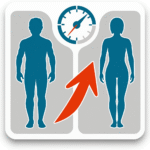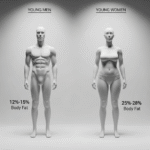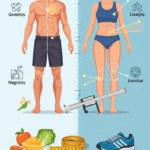Unlock your fitness potential with Tape Body Fat Calculator and Discover effective methods to measure body fat and enhance your health journey.
Tape Body Fat Calculator
Table of Contents
Understanding body fat measurement is essential for assessing overall health and fitness. This guide explores various methods, including the tape body fat calculator, to help individuals track their body composition effectively. Learn about key measurements, gender differences, and alternative measurement methods to inform your fitness journey. Regularly monitoring body fat can aid in achieving health goals, managing risks of chronic diseases, and improving physical performance. Embrace a comprehensive approach to understanding your body composition and enhance your well-being.
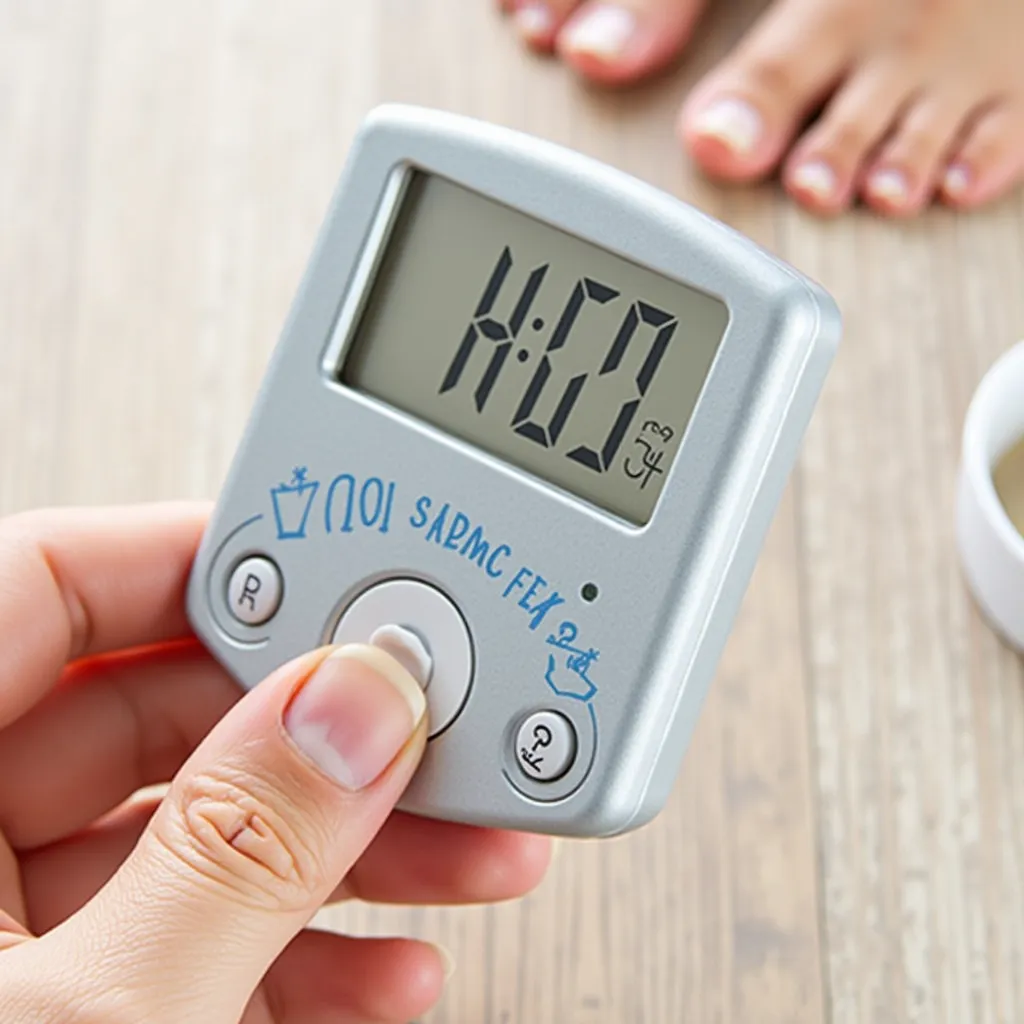
Introduction to Body Fat Measurement
Body fat measurement plays a crucial role in assessing overall health and fitness levels. Unlike weight alone, which does not differentiate between fat mass, muscle mass, and other bodily components, body fat percentage provides a clearer picture of an individual’s health status. High body fat percentages may indicate an increased risk of chronic diseases such as cardiovascular issues, diabetes, and hypertension. On the other hand, maintaining a healthy body fat percentage contributes to improved physical performance and longevity.
There are various methods employed to measure body fat, each with its advantages and limitations. Some of the most common techniques include skinfold calipers, hydrostatic weighing, dual-energy X-ray absorptiometry (DEXA), and bioelectrical impedance analysis (BIA). Each method offers insight into body composition; however, precision and accessibility can vary. For example, skinfold measurements are relatively straightforward and can be easily conducted in a fitness or clinical setting. DEXA scans, while highly accurate, may be less accessible due to their cost and the need for specialized equipment.
Individuals may wish to track their body fat percentage for a multitude of reasons. For fitness enthusiasts, understanding body fat can aid in setting and achieving health goals, such as muscle gain or fat loss. Furthermore, regular monitoring can assist in evaluating the effectiveness of specific diet and exercise regimes. For those undergoing health assessments, body fat percentage serves as a valuable metric in identifying potential health risks and tailoring interventions
Lastly, for individuals focused on weight loss, tracking body fat may provide guidance on maintaining muscle mass while reducing fat, which is often a more sustainable approach compared to simply focusing on weight loss. Overall, body fat measurement is an essential practice for anyone aiming to enhance their health and well-being.
What is a Tape Body Fat Calculator?
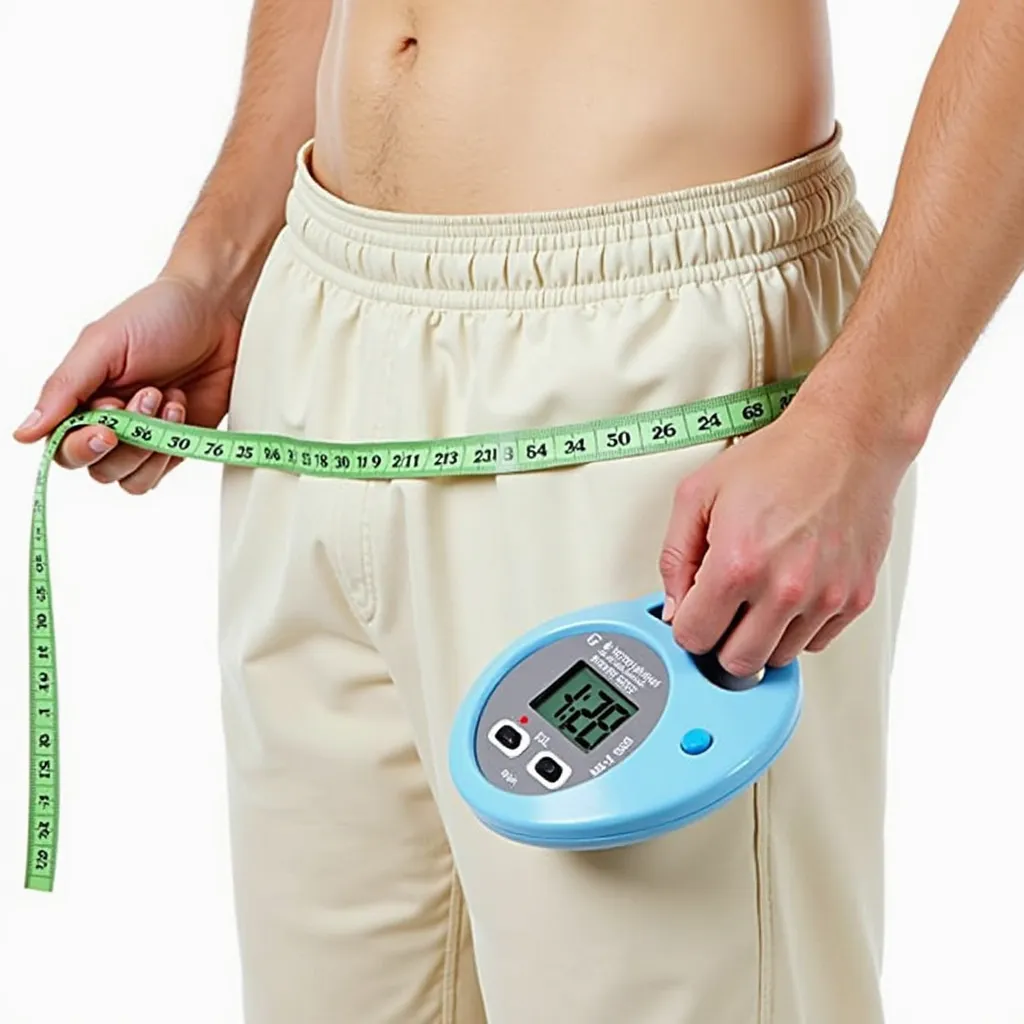
A tape body fat calculator is a practical tool that allows individuals to estimate their body fat percentage using simple measurements of specific body parts. This method primarily relies on the circumference of key areas such as the waist, hips, and neck to ascertain a person’s body composition. Unlike more complex body fat assessment methods, such as bioelectrical impedance or DEXA scans, the tape body fat calculator offers an accessible and user-friendly alternative for those seeking to monitor their fitness progress without the need for specialized equipment.
The underlying principle of the tape body fat calculator is based on the correlation between body circumference measurements and overall body fat. Scientific studies have demonstrated that certain body measurements can provide valid estimates of fat distribution and total body fat percentage. For instance, the waist-to-hip ratio can indicate fat storage patterns, which are closely linked to health risks. The use of standard formulas in conjunction with these measurements allows for a straightforward calculation of body fat percentage. The process typically involves entering the measurements into a specific equation, resulting in a reliable estimation.
This tool’s simplicity and convenience make it particularly attractive for individuals who may not have access to professional fitness assessments. It empowers users to track their body composition changes without requiring significant time or financial investment. Additionally, as it utilizes readily available measuring tape and standard measuring techniques, it promotes consistent self-monitoring practices. Consequently, the tape body fat calculator has become an increasingly popular option for those interested in understanding their body composition and striving to improve their physical health.
Essential Measurements for the Calculator
To effectively use a tape body fat calculator, there are several key body measurements that must be accurately captured. These include height, neck circumference, waist circumference, and hip circumference. Each of these measurements plays a crucial role in determining body fat percentage and understanding overall body composition.
Firstly, height is a fundamental metric in calculating body fat. It serves as a baseline to help assess body proportions. To measure height accurately, stand straight against a wall with your heels together, and use a flat object, like a book, to ensure a straight line parallel to the ground for an accurate reading. Record the measurement in inches or centimeters, as per the requirements of the calculator.
Next, neck circumference is an important aspect, as it can indicate fat distribution around the neck area. To measure the neck circumference, locate the mid-point between the base of the neck and the top of the Adam’s apple. Use a flexible measuring tape to ensure a snug fit, but not so tight that it compresses the skin. This measurement is often correlated with various health risks associated with overweight conditions.
The waist circumference is another critical measurement that reflects abdominal fat levels, which is a significant health risk factor. To take this measurement, ensure that the tape is positioned halfway between the bottom of the rib cage and the top of the hip bone. Stand relaxed, and measure at the end of a normal expiration. A high waist circumference may indicate an increased risk of metabolic disorders.
Finally, hip circumference provides insight into the distribution of fat in the lower body. Measure around the widest part of the hips, which is generally at the point where the buttocks are most prominent. Like the waist measurement, this should also be taken while standing relaxed. Collecting these measurements accurately is imperative, as they significantly influence the results derived from the tape body fat calculator.
Understanding Gender Differences in Body Fat Calculations
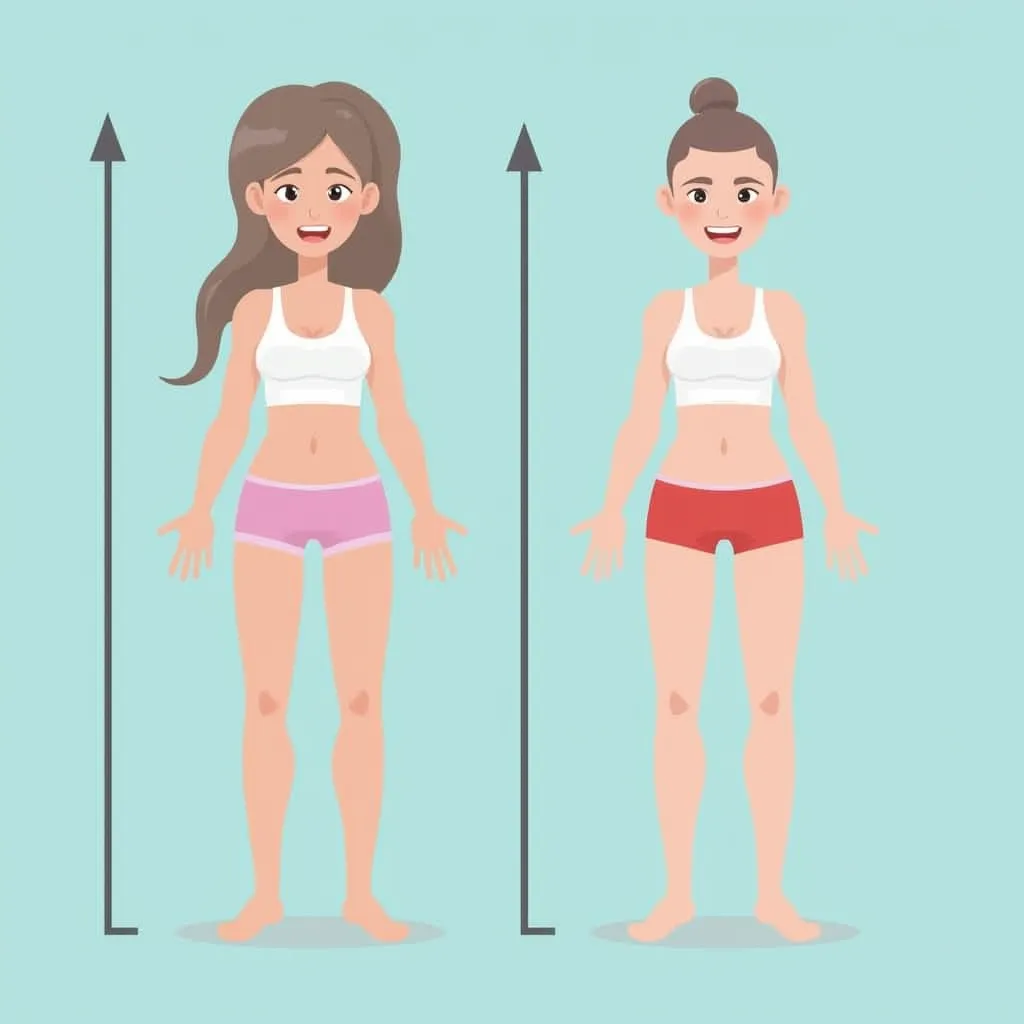
Body fat calculations play a crucial role in understanding an individual’s health and fitness status. However, it is essential to recognize that gender significantly influences body composition and, therefore, the methods used for calculating body fat percentage. Physiologically, males and females exhibit distinct differences in body structure, hormonal profiles, and fat distribution patterns. These differences necessitate the use of separate formulas when assessing body fat, to ensure accurate and relevant results.
In general, men tend to have a higher muscle mass compared to women, leading to a lower percentage of body fat. This is primarily due to the higher levels of testosterone, which promotes muscle hypertrophy. Conversely, women typically exhibit a higher body fat percentage, as a certain level of fat is necessary for reproductive health. Women’s bodies are designed to store fat in specific areas, such as the hips and thighs, which is often referred to as a gynoid fat distribution pattern. In contrast, men usually accumulate fat in the abdominal region, showcasing an android fat distribution pattern. Such differences highlight the need for gender-specific calculations.
The body fat calculation formulas that are commonly utilized, such as the tape measure method, have been developed with these physiological variances in mind. The formulas account for factors such as waist circumference and neck circumference, which differ in predictive significance between genders. Thus, using a formula that is specifically tailored for one’s gender ensures a more precise evaluation of body fat and overall health.
In conclusion, acknowledging the impact of gender on body fat calculations is vital for individuals seeking accurate health assessments. By applying the appropriate measurement standards based on gender, one can better understand their health metrics, leading to more effective health management strategies. The significance of gender in body composition assessments cannot be understated, emphasizing the need for careful consideration in body fat measurements.
Calculating Body Fat with the Tape Method
The tape body fat calculator is a valuable tool for individuals seeking to monitor their body fat percentage without the need for expensive equipment. To utilize this method, one must begin by gathering the necessary measurements. A flexible measuring tape, ideally made of cloth or plastic, will be required for accurate readings. It is recommended to measure under consistent conditions, such as first thing in the morning, to ensure the best results.
To start calculating body fat using the tape method, measure the circumference of key areas of your body, typically including the neck and waist for men, and the neck, waist, and hips for women. For men, wrap the tape around the neck just below the Adam’s apple and the waist at the level of the belly button. Women should measure the waist at the same level and the hips at the widest point. Ensure the tape is snug but not compressing the skin, as this can lead to inaccurate readings.
After obtaining these measurements, input them into an online tape body fat calculator or apply the calculations manually. Most calculators will use a formula that incorporates these inputs to estimate body fat percentage. For instance, a male with a 40-inch waist and 15-inch neck may yield a different body fat percentage compared to one with a 34-inch waist and 15-inch neck. This illustrates that even small variations in measurements can significantly affect the estimated body fat percentage.
It is essential to remember that the tape method provides an estimate and may not be as precise as some other body fat measuring techniques, such as hydrostatic weighing or DEXA scans. Nonetheless, it offers a practical, quick, and cost-effective way to track changes over time, making it an ideal choice for those monitoring their fitness journey.
Interpreting Your Body Fat Percentage Results
Understanding the results from a tape body fat calculator is crucial for assessing your overall health and fitness. The body fat percentage reflects the ratio of fat to the total weight of your body, and interpreting this percentage can help you gain insights into your health status. Healthy body fat percentage ranges vary by age and gender. Generally, for men, a body fat percentage between 10% to 20% is considered healthy, while for women, a range of 18% to 28% is typically regarded as normal.
When you receive your body fat percentage, it is important to view it in the context of these healthy ranges. A result falling within these limits suggests a manageable level of fat which may lower your risk for various health issues. Conversely, if your body fat percentage is above the recommended range, it may indicate excess body fat, which can lead to conditions such as cardiovascular disease, diabetes, and other chronic illnesses. Likewise, a very low body fat percentage could reflect those at risk for malnutrition and hormonal imbalances. In general, body fat levels below 5% (for men) and 15% (for women) are considered critical and could pose significant health risks.
It is essential to consider body fat percentage as merely one component of your overall physical health. Other factors such as muscle mass, bone density, and individual health conditions should also be evaluated comprehensively. Rather than focusing solely on the numbers, using the results of the tape body fat calculator in conjunction with a balanced diet, regular physical activity, and overall lifestyle choices, can lead to improved health outcomes. Proper interpretation of your body fat percentage can guide you toward personal health goals while promoting longevity and well-being.
Limitations of the Tape Body Fat Calculator
The Tape Body Fat Calculator online is a popular tool for estimating body fat percentage; however, it is essential to recognize its limitations to ensure accurate interpretation of the results. One significant limitation arises from measurement errors that can occur when taking body circumference measurements. Even slight inconsistencies in how measurements are taken, such as the positioning of the tape or the tension applied, can lead to variable outcomes. Therefore, it is advisable to use consistent methods and techniques when measuring to minimize discrepancies.
Individual body variations also play a crucial role in the accuracy of the tape body fat calculator. People come in diverse shapes and sizes, and the calculator is generally designed based on average values that may not adequately represent everyone. For instance, individuals with a muscular build may receive misleading results, as the calculator does not differentiate between fat and muscle mass. This limitation can result in an inaccurate assessment of an individual’s health and body composition, particularly for athletes or those who engage in regular strength training.
Another factor to consider is the influence of water retention on body measurements. Fluctuations in hydration levels can affect body circumference measurements, potentially leading to erroneous estimations of body fat percentage. Additionally, the distribution of fat throughout the body can vary significantly from one person to another, which the tape body fat calculator does not take into account. Fat may accumulate differently in various regions, such as the abdomen or thighs, impact overall health risks associated with excess body fat. As such, while the tape body fat calculator can provide a general estimate of body fat percentage, it is recommended to combine its use with other assessment methods for a more comprehensive understanding of one’s body composition.
Alternative Methods for Measuring Body Fat
When it comes to assessing body fat, various methods are available beyond the tape body fat calculator. Each technique has its advantages and disadvantages, making it essential to understand the options available to choose the most suitable one for individual needs. One common method is bioelectrical impedance analysis (BIA). This technique involves sending a low-level electrical current through the body to estimate body composition, including body fat percentage. BIA devices can range from professional-grade machines found in clinics to consumer-based handheld monitors. The convenience and speed of BIA make it an attractive option; however, its accuracy can be influenced by hydration levels and other physiological factors.
Another widely recognized method is skinfold measurements. This approach involves using calipers to measure the thickness of skinfolds at specific body sites. These measurements are then applied to formulas to estimate overall body fat percentage. Skinfold assessments are relatively easy to perform and can be conducted in various settings, but they require a skilled technician for accurate results. In contrast, factors such as the calibration of the calipers and the experience of the person taking the measurements can significantly impact accuracy.
DEXA (Dual-Energy X-ray Absorptiometry) scans represent a highly accurate method for determining body composition. DEXA uses low-dose X-rays to differentiate between bone mass, lean tissue, and fat tissue. As a result, it provides detailed insights into body composition, which can be vital for clinical assessments and research. However, the main drawbacks include its cost, accessibility, and exposure to radiation, making it less feasible for routine assessments compared to other methods.
In summation, while the tape body fat calculator provides a convenient and quick estimate of body fat percentage, alternative methods such as BIA, skinfold measurements, and DEXA scans can offer varying levels of accuracy and detail. Each approach has unique benefits and limitations, making it essential for individuals to consider their specific needs and circumstances when determining the best body fat measurement technique.
Conclusion and Next Steps
In summary, understanding the Tape Body Fat Calculator can significantly enhance one’s approach to health and fitness. This tool provides a practical method for estimating body fat percentage, which is crucial for assessing overall health and shaping fitness goals. By measuring specific body areas, users can glean insights into their body composition beyond mere weight, recognizing that fat distribution is a vital aspect of health.
The significant points discussed throughout this guide illuminate the benefits of regularly tracking body fat. By implementing this measurement into your routine, you can obtain a clearer picture of your physical status, making it easier to tailor your fitness regimen effectively. Moreover, tracking body fat percentage can serve as a motivational factor, encouraging individuals to remain committed to a healthier lifestyle.
As you reflect on your own fitness journey, consider setting personal goals based on your body fat measurements. Having specific, measurable objectives can help streamline your efforts and monitor progress more effectively over time. Additionally, seeking professional advice from certified trainers or healthcare providers can provide personalized insights tailored to your individual needs. They may suggest modifications to your diet and exercise plan, thereby optimizing your health outcomes.
Finally, for those wishing to delve deeper, exploring additional body composition analysis tools can further enhance your understanding of your body. Options such as bioelectrical impedance analysis or DEXA scans offer more detailed insights into body fat distribution and muscle mass. Embracing a multifaceted approach to health through these assessments will ultimately lead to more informed and successful fitness endeavors.






